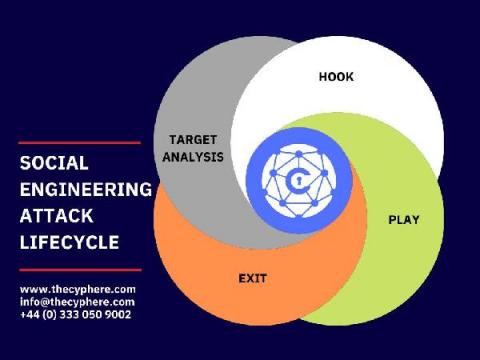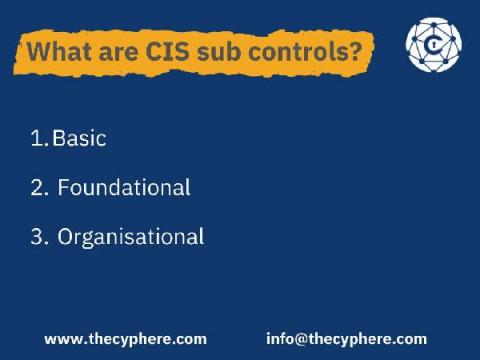Benefits of Cyber Essentials
Cybercriminals constantly target large organisations in the quest to exploit their networks, steal data and extort money. However, it’s well known that SMEs are also targeted with the same level of enthusiasm by cybercriminals. The reason is simple; an attack on a home user gives access to their email passwords which can then be used for social engineering, but an attack directly on a company can lead to the theft of intellectual property and sensitive strategic data.











